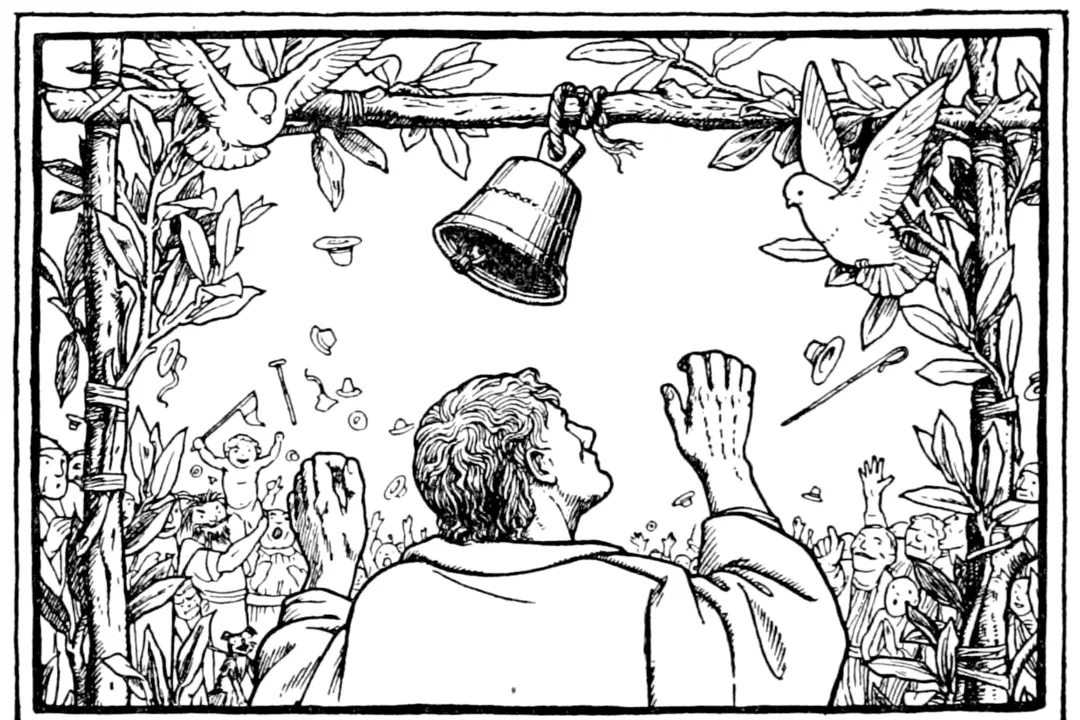In his short story “Pegasus, the Winged Horse,” Nathaniel Hawthorne shows, through young Bellerophon’s endeavors to capture the flying horse, Pegasus, that faith, trust, and hope can achieve the impossible.
To Capture a Myth
Bellerophon sought to defeat the Chimaera, a three-headed monster with the heads of a lion, a goat, and a snake that ravaged the land of Lycia. But he cannot fight the monster alone.Bellerophon comes to the Fountain of Pirene with a beautiful, golden, and bejeweled bridle. He comes to capture Pegasus, who drinks from this fountain. He believes Pegasus’s swiftness in the sky will help him destroy the evil Chimaera.






